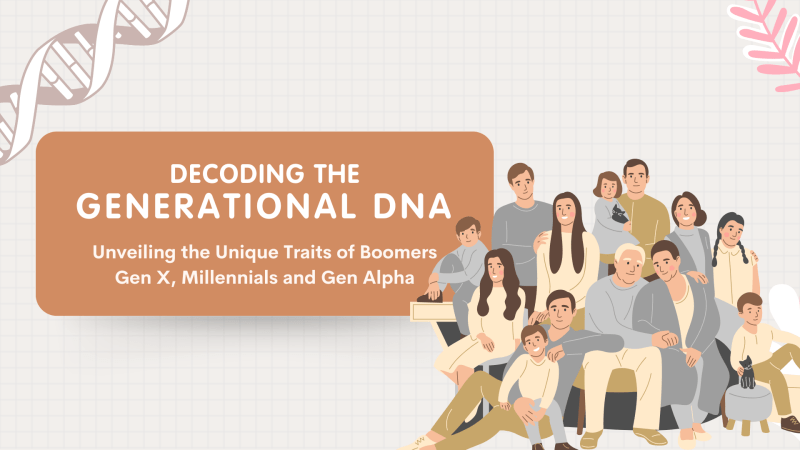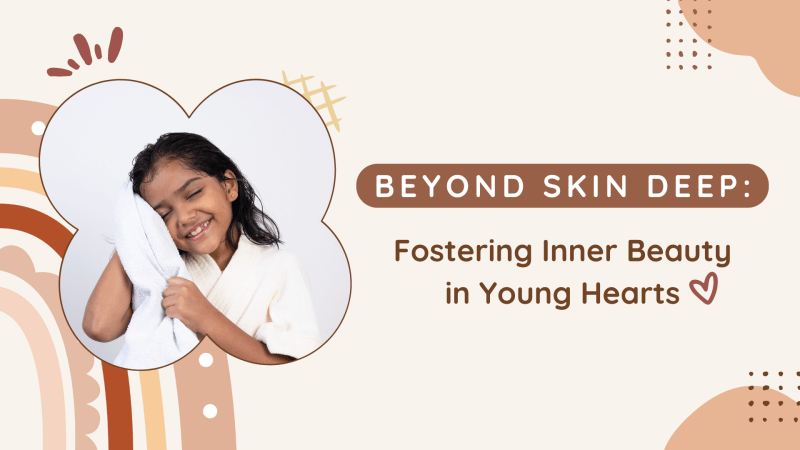The Parental Playbook on Endocrine Disruptors: Protecting Your Child's Future
What are Endocrine Disruptors?
Endocrine disruptors are like unwanted guests in the body's communication system. They can interfere with how hormones send and receive messages. Think of them as pranksters who give the wrong directions or block the paths in a city.
Why Parents Should Know About This:
Your child’s body is busy growing and changing every day. A big part of that process is hormones — the body’s “text messages” that guide growth, sleep, mood, and puberty.
But some everyday chemicals can interfere with these signals. They’re called endocrine disruptors (EDCs) — invisible but powerful. Research shows that certain EDCs are associated with changes in hormone function, which may influence growth, learning, and long-term health (NIH).
The good news? Once you know where they hide, you can make simple swaps to keep your home safer.
Hormones 101 — The Body’s Messaging App
Think of your child’s body as a busy city. The endocrine system is the city’s messaging network. Hormones are tiny messengers traveling through “roads” (the bloodstream) to direct growth, energy, mood, sleep, and learning.
When hormone signals are balanced, the city runs smoothly. But if something sends fake messages or blocks real ones, things can go off-track — especially for kids, whose systems are still developing.
How Endocrine Disruptors Work
-
Mimic: Act like fake hormones (for example, some can mimic estrogen).
-
Block: Occupy hormone “stations,” preventing real hormones from working properly.
-
Scramble: Change how hormones are made, transported, or broken down.
Common Endocrine Disruptors in Personal Care Products
Parabens — Common preservatives such as methylparaben and propylparaben. They show weak estrogen-like activity in lab studies, and some human research suggests possible reproductive effects, though findings are mixed.
Phthalates — Often hidden under “fragrance” or “parfum.” They help scents last longer and have been linked in multiple studies to developmental and reproductive concerns.
Triclosan — Once used in antibacterial soaps and cosmetics. Laboratory and some human studies suggest it may affect thyroid and other hormone functions.
Benzophenones — UV filters found in sunscreens and cosmetics. Oxybenzone (Benzophenone-3) has shown endocrine activity in experimental studies, while human evidence remains mixed.
Butylated Compounds (BHA & BHT) — Synthetic antioxidants used to extend shelf life in lipsticks and moisturizers. Animal studies suggest potential hormonal effects; human data are limited.
Formaldehyde- Releasing Preservatives — Found in products like nail polish and hair treatments. Known skin irritants and potential carcinogens; evidence for endocrine disruption is limited.
Synthetic Musks — Fragrance ingredients that can build up in the body. Some lab studies indicate hormone-like activity, though human data are still emerging.
Studies show that some common chemicals — including parabens, phthalates, and triclosan — can act as endocrine-disrupting compounds and are associated with hormonal changes in lab and population studies.
(Source: PMC9864804)
Potential Health Effects
Exposure to endocrine-disrupting chemicals (EDCs) in personal care products has been associated with several health concerns. Research is ongoing, and while many findings are consistent, direct cause-and-effect relationships are still being studied.
Cancer Risk
Long-term exposure to certain EDCs — such as BPA and some phthalates — has been associated with a higher risk of hormone-related cancers, including breast and prostate cancers. These links are biologically plausible since EDCs can influence hormone balance and cell growth, though human evidence is not conclusive.
(Source: ScienceDirect 2024)
Early / Precocious Puberty
Multiple systematic reviews link exposure to EDCs — especially phthalates and BPA — with shifts in pubertal timing in girls, including earlier onset. While not all studies agree, the overall evidence suggests possible hormonal influence.
(Source: PMC8226958)
PCOD / PCOS
In teens and women, several reviews and meta-analyses report associations between BPA and PCOS-related features such as insulin resistance and hormonal imbalance. Evidence remains mixed and not yet causal.
(Source: PMC9864804)
Thyroid Disruption
Studies in young children — especially girls — have found associations between phthalate metabolites and altered thyroid hormones, which guide growth and brain development. Results vary but raise valid concern for continued research and precaution.
(Source: PMC2957929)
How to Reduce Your Exposure
While it’s nearly impossible to avoid EDCs completely, you can lower your child’s everyday contact through smart personal care choices:
-
Read labels carefully: Choose products labeled “paraben-free,” “phthalate-free,” or “fragrance-free.” Avoid vague terms like “fragrance” or “parfum,” which can mask many ingredients.
-
Use fewer products: The simpler your routine, the lower your overall chemical exposure.
-
Seek trusted certifications: Look for independent seals such as EWG Verified, COSMOS Organic, or COSMOS Natural for safer formulations. (Note: EWG is a nonprofit using precautionary standards, not a regulator.)
-
Avoid synthetic fragrances: Opt for truly fragrance-free products or those using only natural essential oils.
-
Do your research: Tools like the Environmental Working Group’s Skin Deep® database or EU guidance can help you check ingredient safety.
FAQs
Why are endocrine disruptors harmful to kids and teens?
Children and teens are still developing, so even small hormonal imbalances can impact growth, learning, and long-term health.
Where are endocrine disruptors commonly found?
They’re often hidden in plastics, fragrances, preservatives, and personal-care products that aren’t labeled as “EDC-free.
How can I protect my child from them?
Choose clean, age-appropriate products that are free from parabens, phthalates, sulphates, and synthetic fragrances, and always read ingredient labels carefully.
How is Tikitoro helping reduce EDC exposure?
Every Tikitoro product is dermatologically tested and verified endocrine-disruptor-free, offering safe, everyday care for growing skin and hair.
Final Takeaway
You can’t control every chemical out there — but you can control many inside your home. Start small: swap one shampoo, one lunchbox, one cleaner. Each change lowers your child’s exposure and builds lifelong healthy habits.
By staying informed and modeling safer choices, you’re giving your child something powerful — a healthier body today and protection for their future.
(While more research is needed on many EDCs, taking precautionary steps is a practical way to reduce potential risks)




